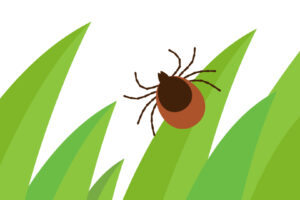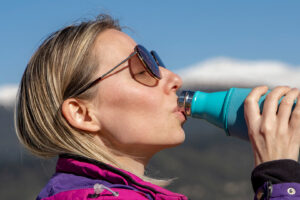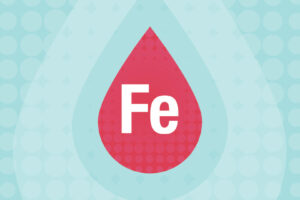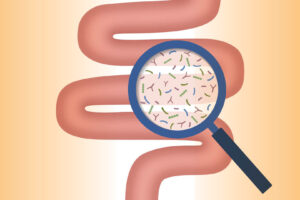As the spring sports season shifts into high gear, vigilance is a key factor to preventing potentially serious overuse injuries. For “overhead athletes,” including baseball pitchers, volleyball and tennis players, and even gymnasts, shoulder injuries are of particular concern.
“The good news is that these types of injuries are usually preventable, but it’s important to catch them early,” says Stacey Gallacher, MD, a board-certified orthopedic surgeon on staff at CentraState.
According to Dr. Gallacher, three overuse conditions to watch for are:
Little Leaguer’s shoulder—True to its name, this injury to the shoulder’s growth plate is most often seen in baseball pitchers ages 11 to 16. The growth plate is the soft part of the bone that stays open during childhood to allow the bone to grow. Microtrauma from overuse can disrupt the blood supply to the growth plate, potentially causing its premature closure. Symptoms may be subtle, ranging from a drop in throwing velocity to pain with throwing.
OCD of the elbow—Also known as osteochondritis dissecans, this injury to the cartilage or bone of the elbow occurs most often in children ages 10 and older. Repetitive use can cause a fracture or splinter of the cartilage or bone at the outer part of the elbow. Symptoms may include pain with activity, stiffness, and loss of motion.
Elbow UCL injury—Damage to the ulnar collateral ligament (UCL) of the elbow is most often seen in young adult or adult high-level throwing athletes. Early symptoms can include decreased pitch velocity or control, followed by pain with activity and numbness or tingling in the ring finger or pinky finger.
The Key to Prevention
With each condition, moderation and rest between activity are the best tactics for prevention. Other tips include pre-conditioning before the sports season, following proper throwing mechanics, and adhering to sports guidelines. For example, Little League recommends pitch count limits ranging from no more than 50 pitches per game for athletes ages 7 to 8 to no more than 105 pitches for those ages 17 to 18, with targeted days of rest between games.
“It’s so important to keep an open dialogue among athletes, coaches, and parents,” says Dr. Gallacher. “Speaking up when something doesn’t feel right and getting the rest that allows muscles and joints to recover between use can keep an athlete in the game for the long term.”
Should symptoms occur, a thorough evaluation and imaging studies can help determine treatment, which may include an extended rest period, physical therapy for strengthening and mobility, or surgery in more serious cases.
“If these conditions are caught early, most athletes improve with conservative treatment,” says Dr. Gallacher. “But if surgery is needed, we have the expertise to repair complex injuries and get athletes back on track.”
To learn more about CentraState’s rehabilitation or surgical services, visit centrastate.com or call 866-CENTRA7 (866-236-8727).





